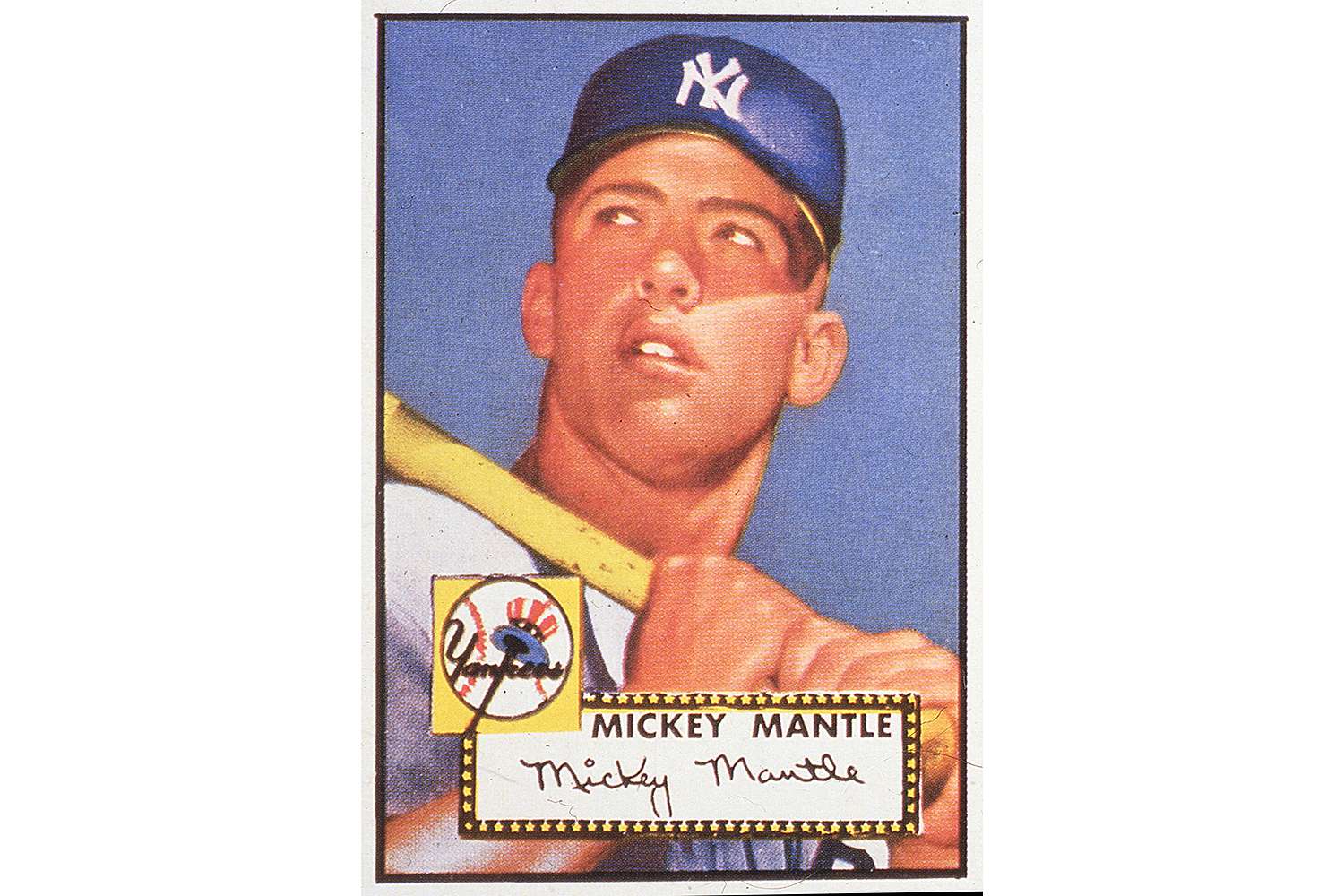Appeared around 1845 in America, baseball is a unisex team sport that opposes two teams of 9 players each. It is played on a field of grass and sand. Players use bats to hit a pitched ball and gloves to catch the ball. Baseball has spread worldwide and is very popular in North America, especially in Central America, South America, the Caribbean, and Asia. The success of this sport was so dazzling that baseball cards were marketed since 1886. Zoom on the baseball cards!
Definition of a Baseball Card
A baseball card is a type of card intended to be collected. It features a picture of one or more baseball players, a team, a stadium, or a celebrity related to the sport, which fans will love. Printed on cardboard, plastic or silk, baseball cards were delivered in the 1950s with a chewing gum box. Nowadays, they can be found in Puerto Rico, Cuba, Canada, Japan, and the American continent. Indeed, in these countries, there is a high number of high-level leagues supported by a large fan base.
More Details on Baseball Cards
In shape and size, baseball cards are similar to playing cards: they are rectangular and measure 6.4 cm x 8.9 cm. Typically, the front of a baseball card features a player’s image identifying information, including his name and the team he plays for. On the back, you will find statistics and/or biographical information. In the past, advertisements for a brand or company were displayed on the back of commercial cards. Tobacco companies, in particular, used these cards to promote their products.
History of Baseball Card Making
The first collection of cards with baseball player designs appeared between 1886 and 1887. It is a set of 55 cards dedicated to great baseball celebrities like Cap Anson and Charles Comiskey. Allen and Ginter in Virginia produced it.
In 1888, the Old Judges tobacco brand published a set of 172 unnumbered cards. These cards featured photographs of players, unlike those produced by Allen and Ginter (drawings). In the same year, Goodwin & Co also presented a set of eight cards drawn “the Kimball Champions,” which they dedicated to the same brand of cigarettes.
The first baseball cards were scattered as early as 1898 in Japan, 1909 in Cuba, and 1912 in Canada. Between 1865 and 1870, cards of a humorous nature or featuring simple photographs of baseball teams were published by the Peck & Snyder company.
After World War II, Bowman (1948), Topps (1950), and Upper Deck (1988) became the mainstays of baseball card production. Topps acquired this company in 1955, and Topps was the sole publisher of cards until 1980. At that time, it was Bowman that released the first full-color set. By the mid-1990s, the card market was saturated, resulting in the consolidation of several publishers.

Value of Baseball Cards
Like any collectible, baseball cards have a particular value. Each card is rated and categorized in a set of publications such as “Tuff Stuff” and “Beckett’s”.
Cards are rated for rarity and condition. Cards with rookie card status (first published a card for a player) are highly sought after. The same is true for cards with errors. The value of a baseball card is also estimated according to the career and fame of the player displayed on it.
For example:
In 1997, William Shakespeare’s card was priced at $70 and Sandy Koufax’s at $450, even though both were issued 30 years earlier.
In 2004, Honus Wagner’s famous map published in 1909 was sold for $2.35 million.

Leave a Reply